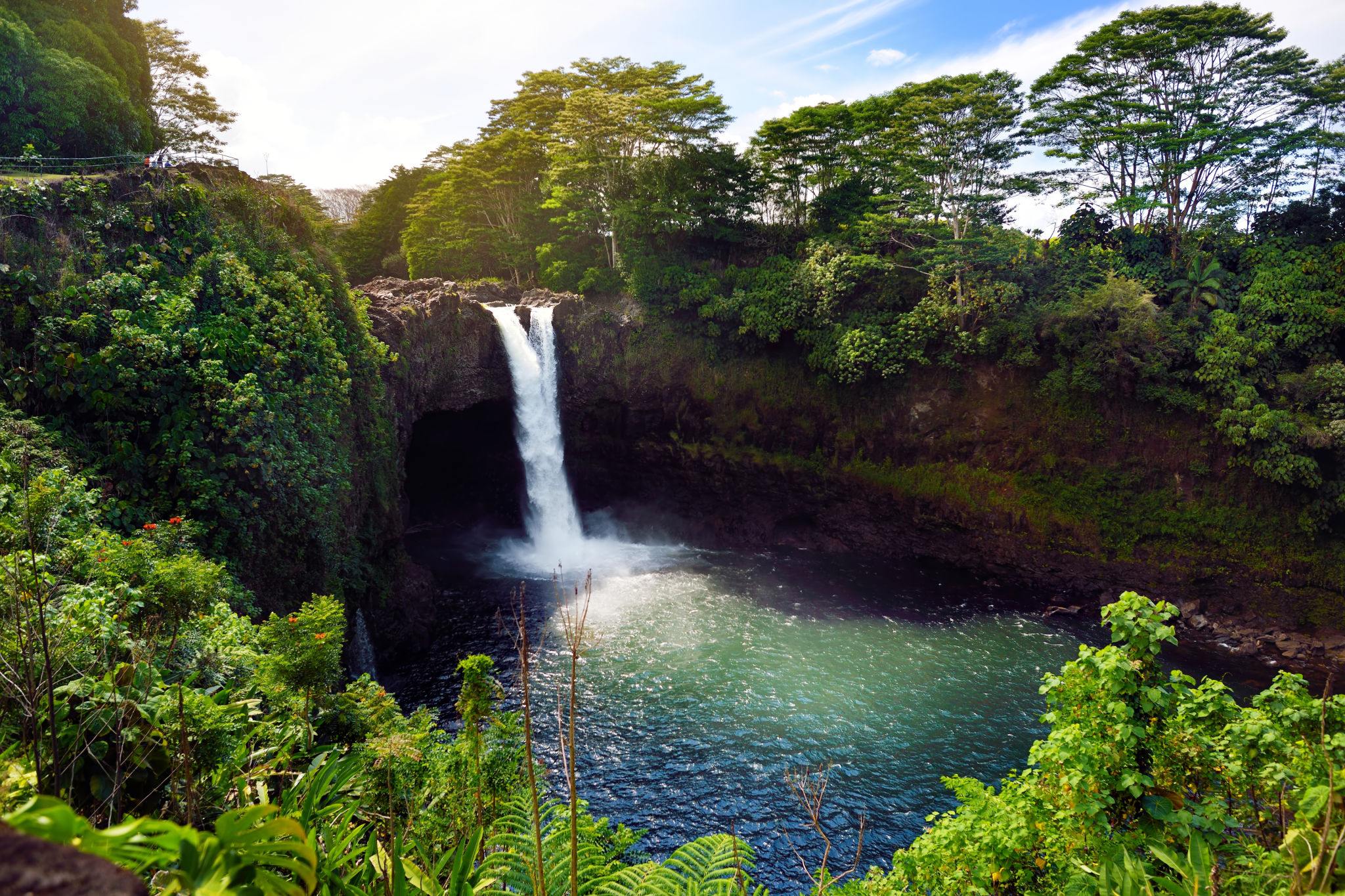Top Myths About Land Conservation in Hawaii and the Real Facts
Understanding Land Conservation in Hawaii
Land conservation in Hawaii is a topic that often sparks intrigue and curiosity. However, along with interest, a myriad of myths surrounds this subject. These myths can sometimes lead to misconceptions about the importance and impact of conservation efforts. In this blog post, we aim to dispel some of these myths and shed light on the real facts about land conservation in Hawaii.

Myth 1: Land Conservation Only Benefits the Environment
A common misconception is that land conservation solely serves environmental purposes. While it's true that preserving land helps protect natural habitats and biodiversity, conservation efforts also provide numerous social and economic benefits. For instance, conserved lands can enhance local tourism, support agriculture, and provide spaces for recreation, which in turn boosts local economies.
Moreover, land conservation can lead to increased property values in adjacent areas and reduce costs associated with flood control and water purification. Thus, land conservation creates a win-win situation for both the environment and the community.
Myth 2: Conservation Efforts Are Only About Restricting Land Use
Another popular myth is that land conservation is all about restricting land use. In reality, conservation efforts often involve sustainable land management practices that balance environmental preservation with human needs. Sustainable agriculture, responsible tourism, and community-led initiatives are examples of how land can be utilized while still being conserved.

Conservation does not mean locking away resources but rather ensuring they are available for future generations. It requires a collaborative approach that includes educating and engaging local communities to participate in the stewardship of their natural resources.
Myth 3: Hawaii Has Enough Protected Land
Some believe that Hawaii has already set aside enough land for conservation. However, with ongoing threats like climate change, invasive species, and urban development, continuous efforts are needed to protect and manage these precious areas. The reality is that only a fraction of Hawaii's unique ecosystems are currently protected, and more work is needed to safeguard these vital areas.
With more than 25% of Hawaii's native species at risk of extinction, increasing protected areas is crucial. Conservation strategies are essential to maintain the ecological balance and ensure the survival of native flora and fauna.

The Role of Community in Conservation
Community involvement is often underestimated in conservation efforts. Locals play a significant role in the success of land conservation projects. Their knowledge and connection to the land can lead to more effective and culturally sensitive conservation practices. Furthermore, community engagement fosters a sense of ownership and responsibility towards the environment.
Programs that focus on educating residents about the importance of conservation and ways to contribute positively can have a lasting impact. Empowering communities ensures that conservation efforts are sustainable and inclusive.
The Path Forward for Land Conservation
To effectively combat the myths surrounding land conservation in Hawaii, it is essential to continue spreading awareness and education on the subject. Policymakers, environmental organizations, and communities must work together to create policies that support conservation while considering economic and social factors.
By debunking these myths and understanding the real facts about land conservation, we can all contribute to protecting Hawaii's unique landscapes for future generations. Conservation is not just about preserving nature; it is about maintaining a healthy balance between human needs and the environment.